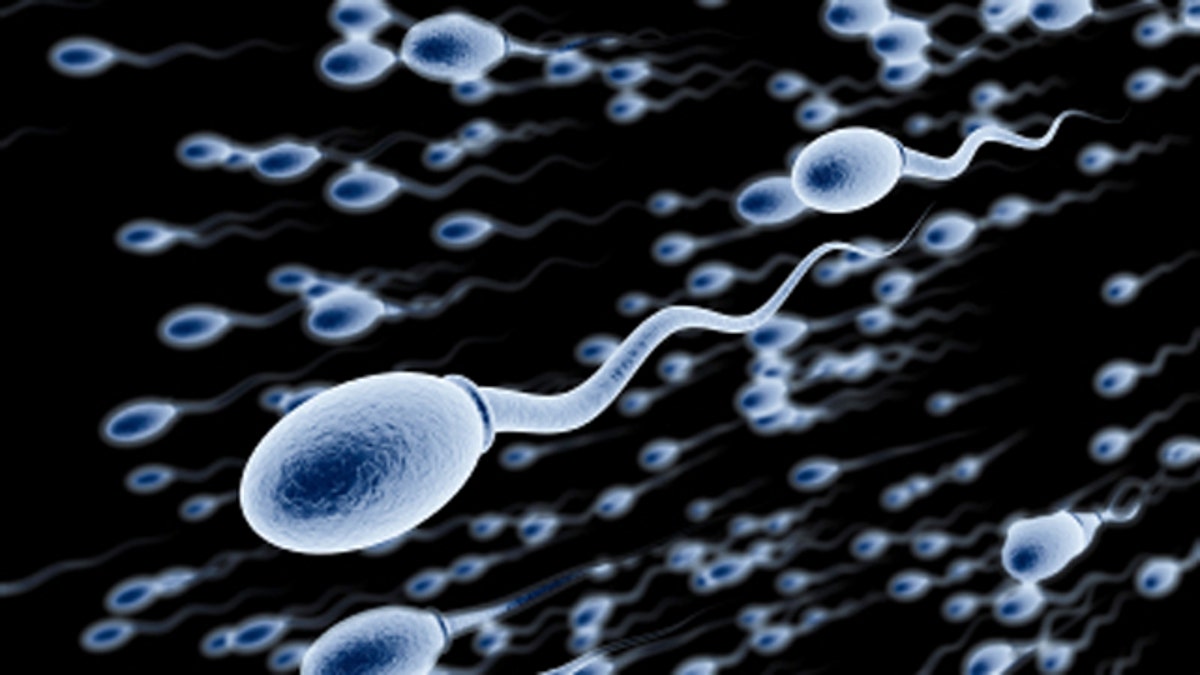
KYOTO, Japan – Scientists have used laboratory-made sperm to restore fertility in sterile mice, a feat that opens up new avenues for researching and treating infertility in people, according to a study published Thursday.
A team at Kyoto University first turned mouse embryonic cells into sperm, according to a study in the journal Cell. The sperm was used to fertilize mouse eggs, which produced healthy and fertile offspring.
Figuring out how embryonic stem cells get naturally transformed into egg or sperm, and then replicating that intricate process in a lab dish "is one of the most fundamental challenges in biology," the authors write in a study published Thursday.
In an interview, senior author Mitinori Saitou said that while the experiment breaks new ground in fertility research, "we have a long way to go before it can be applied in humans."
Researchers have tried for years to make sperm and eggs in a dish, with limited success and some controversy.
In 2003, several groups of scientists showed that it was possible to transform mouse embryonic stem cells -- which give rise to all types of tissue in the body -- into both sperm and eggs. But those efforts did not lead to successful pregnancies.
Three years later, another team used lab-grown sperm to produce six mice, but the animals suffered genetic abnormalities and all died early.
In 2009, researchers at Newcastle University made headlines by reporting the creation of human sperm in a test tube. Their paper was retracted weeks later on charges of plagiarism.
Saitou's experiments have been marked by steady and more convincing progress.
It has long been known that certain cells of an early mammalian embryo -- known as epiblast cells -- can naturally become primordial germ cells, which, in turn, give rise to sperm or eggs. But the mechanism is poorly understood. In 2009, Saitou and others were the first to figure out how several key signals helped the first of those transformations to occur.
"It's a brilliant set of experiments," said George Daley, director of the stem-cell transplantation program at Children's Hospital Boston, who read the Cell paper but was not involved in the study. "They restored fertility in the mice. It lays the groundwork for major insights into sperm development and fertility."
More than a year after being born, "the mouse babies are just fine and they've had normal, fertile babies of their own," said Saitou. He added that the pregnancy rate achieved in the mice was comparable to what is typically seen using naturally produced sperm and artificial insemination.
Click here to read more on this story from The Wall Street Journal.
